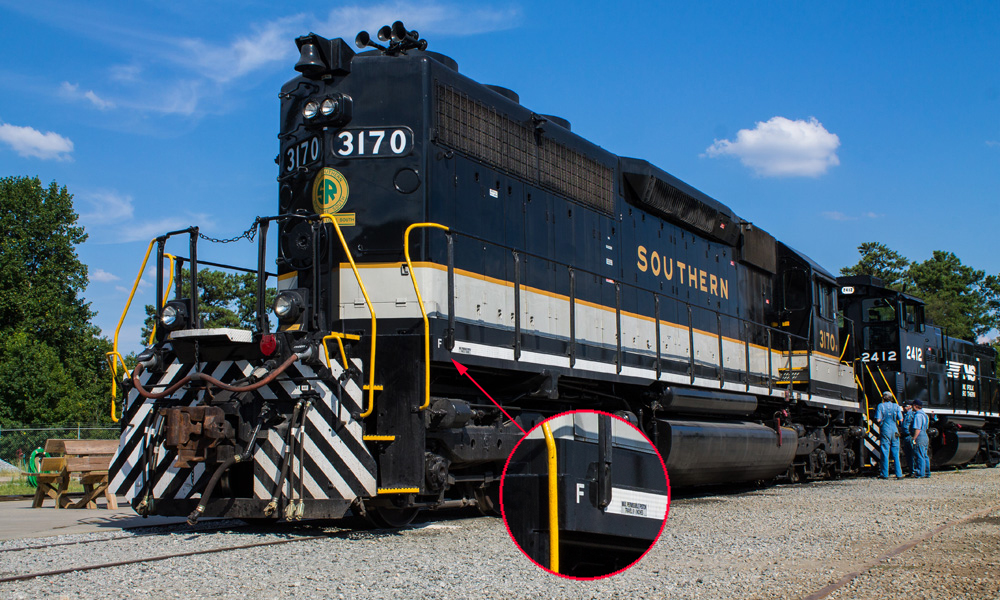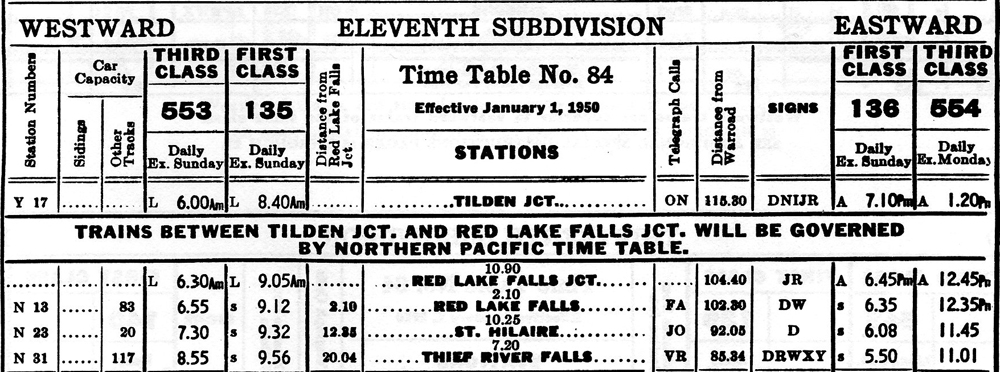
Q: I am wondering why they mark a little F on the front of a diesel. I know it stands for “Front.” However, isn’t it obvious in most cases where the front is? And in the case of a center cab switcher, where it isn’t at all obvious, why does it matter? What is the practical purpose of being able to tell at a distance which end of the locomotive is the front? — Mark Faust
A: There are a couple reasons for that little F on the front of a diesel. While it may be obvious on an old covered wagon or a modern cowl unit which end is the front, that’s not the case for all diesels. Most first-generation hood units were configured long hood forward. Though most railroads switched to running their Electro-Motive Division Geeps and SDs short hood forward when “chopped noses” came out, others — such as the Southern Ry. and Norfolk Southern — continued running theirs long hood forward. (The most common explanation for this practice is that it was a safety issue, putting more metal in front of the crew in case of a head-on collision with something on the tracks.) And almost all Alco road switchers were set up to run long hood forward.
So why does it matter to a person on the ground which end of a locomotive is the front? Again, the answer is safety. When a locomotive is ready to move, regulations say that the engineer is supposed to signal with his horn or whistle to warn those working nearby. Three short blasts of the whistle means the locomotive is about to start backing up. When a trainman hears that signal, he’s going to want to be able to look at the engine and know which direction it’s about to go.
There are other practical reasons for that F on the front of a diesel, such as being able to tell if an engine is facing the right way to pick up its train or whether it has to be turned on the turntable first. But safety is the primary reason.
For a more detailed look “under the hood,” as it were, at diesel locomotive operation, check out Jeff Wilson’s new book How Diesel & Electric Locomotives Work, available now in the Kalmbach Hobby Store.
Send us your questions
Have a question about modeling, operation, or prototype railroads? Send it to us at AskTrains@Trains.com. Be sure to put “Ask MR” in the subject.














Thanks for posting the answer.